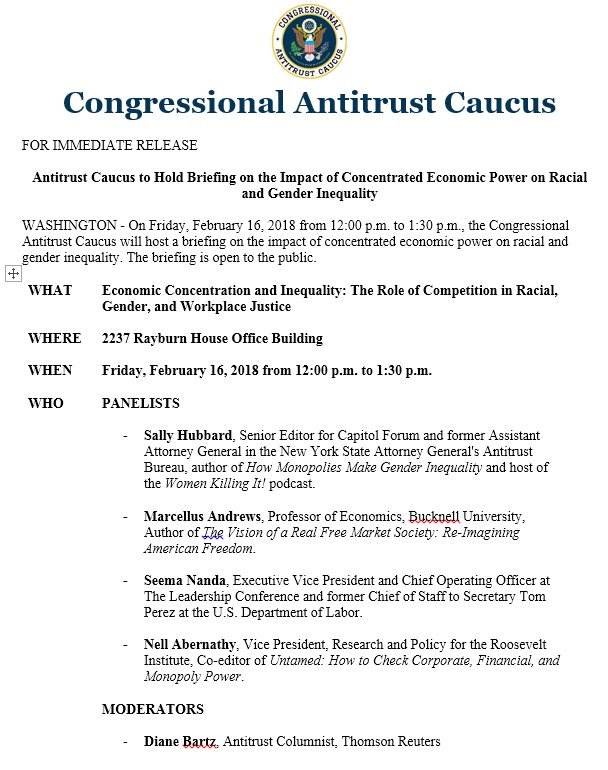Btw LRA is less restrictive alternative, PCJ is procompetitive justification.
Williams cotes to testimony of problems of paying beyond “enough”. People who follow me regularly know I think the “enough” standard is for animals not adult humans.
Judge W asks “so those people will be mean to athletes?” As if she doesn’t buy it
He says while visa gift card were allowed before, there was no evidence of visa gift cards ON TOP of COA.
Elsewhere is educational. Kessler says yes but defendants disagree nonverbally and she notes it. Kessler saying “and this is why we thinks LRA 1 is better because conferences make those calls
She asks about costs. Kessler says injunction is only eliminating ncaa rules. Not compelling any new rules. No new admin costs.


